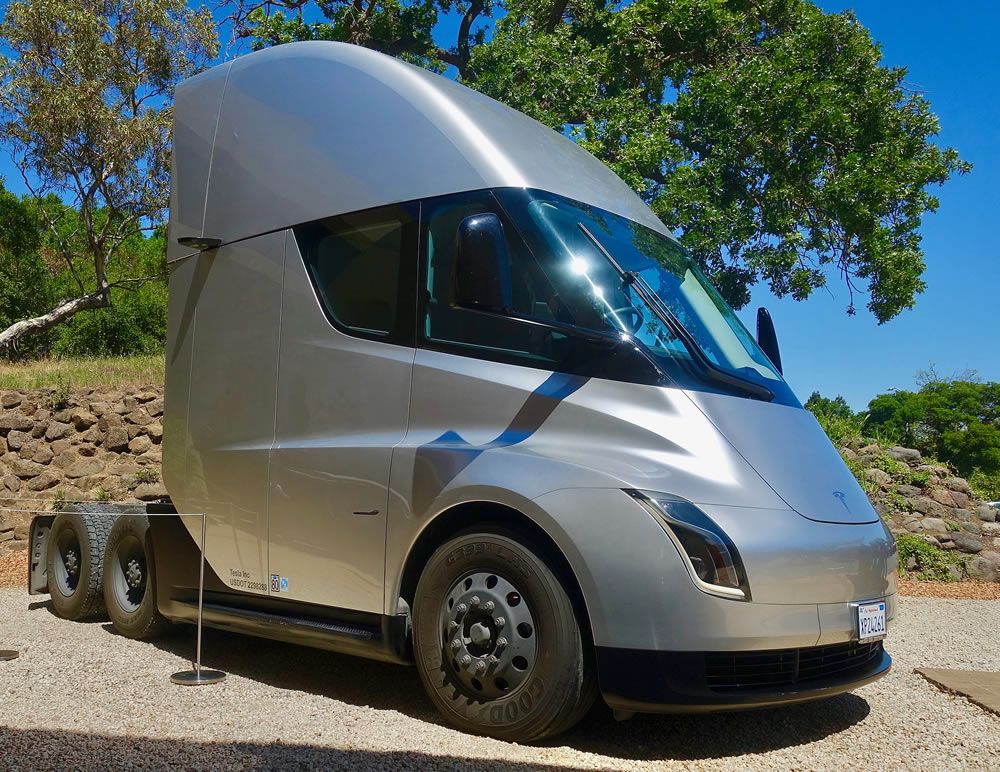
Utilities, engineering firms, equipment manufacturers and software developers met in Denver, Colorado at the end of October to explore the latest trends in distributed energy. In its second year, the Distributed Energy Conference is sponsored by Power Magazine.
The keynote speaker was Bill Ritter, former governor of Colorado and current director of The Center for the New Energy Economy at Colorado State University. At the Distributed Energy Conference, Ritter contributed his perspective on the evolution of distributed energy policies across the US, which his organization tracks continuously. He said that in the absence of federal action, state and local lawmakers have taken on leadership in advancing clean, new energy priorities. This year there were more than 4,500 bills s introduced in state legislatures, of which 600 will probably will become law. His organization has developed a tool called the State Policy Opportunity Tracker (SPOT) for Clean Energy, a database that helps users to quickly identify existing clean energy policies across states – and to “spot” policy gaps.
Ritter said his organization has been mapping western coal resources at the behest of Western governors. Coal is rapidly disappearing from utility portfolios, and 90-95% of coal fired generation that existed in 2008 will be gone in 2035. Ritter pointed out that five major coal companies have gone bankrupt recently with the latest, Murray Energy, announced its insolvency October.
When coal plants close, natural gas generation usually takes up the slack, but that is not the case in Western states, Ritter says. That’s because Western states have abundant renewable energy resources. He pointed out that in the multi-state Southwest Power Pool there are days when 70% of its electricity is generated by wind. Natural gas is still important to balance out intermittent production.
While state policies were an important tool – the “blunt force instrument” – to jump start the development of renewable energy a decade ago, the market has taken over as the driving force, according to the former governor. Renewable energy is now the cheapest option in many cases, spurring utilities to increase their investments in wind, solar and most recently, battery storage.
Transportation is emerging as the new target for emissions reduction

Now, says Ritter, it’s time to look at cleaning up energy in the transportation sector, which has overtaken electricity production as the largest source of carbon emissions in the US. And the prime target within the transportation sector should be medium and heavy duty fleet vehicles, he proposes, which some experts believe will be converted to EV status by 2023. “We are now seeing the conversion of clean energy and climate policy,” Ritter said, adding that that “…emissions are part of everything we do.”
Look to rural America for new clean energy initiatives
Ritter’s final point was that we should be paying close attention to the growing importance of distributed renewable energy in rural America, a strategy that has important implications both technically and politically. For farmers who use irrigation, energy is their greatest expense. Many American farmers struggle financially, and energy production is another revenue stream that can potentially supplement farm income.
